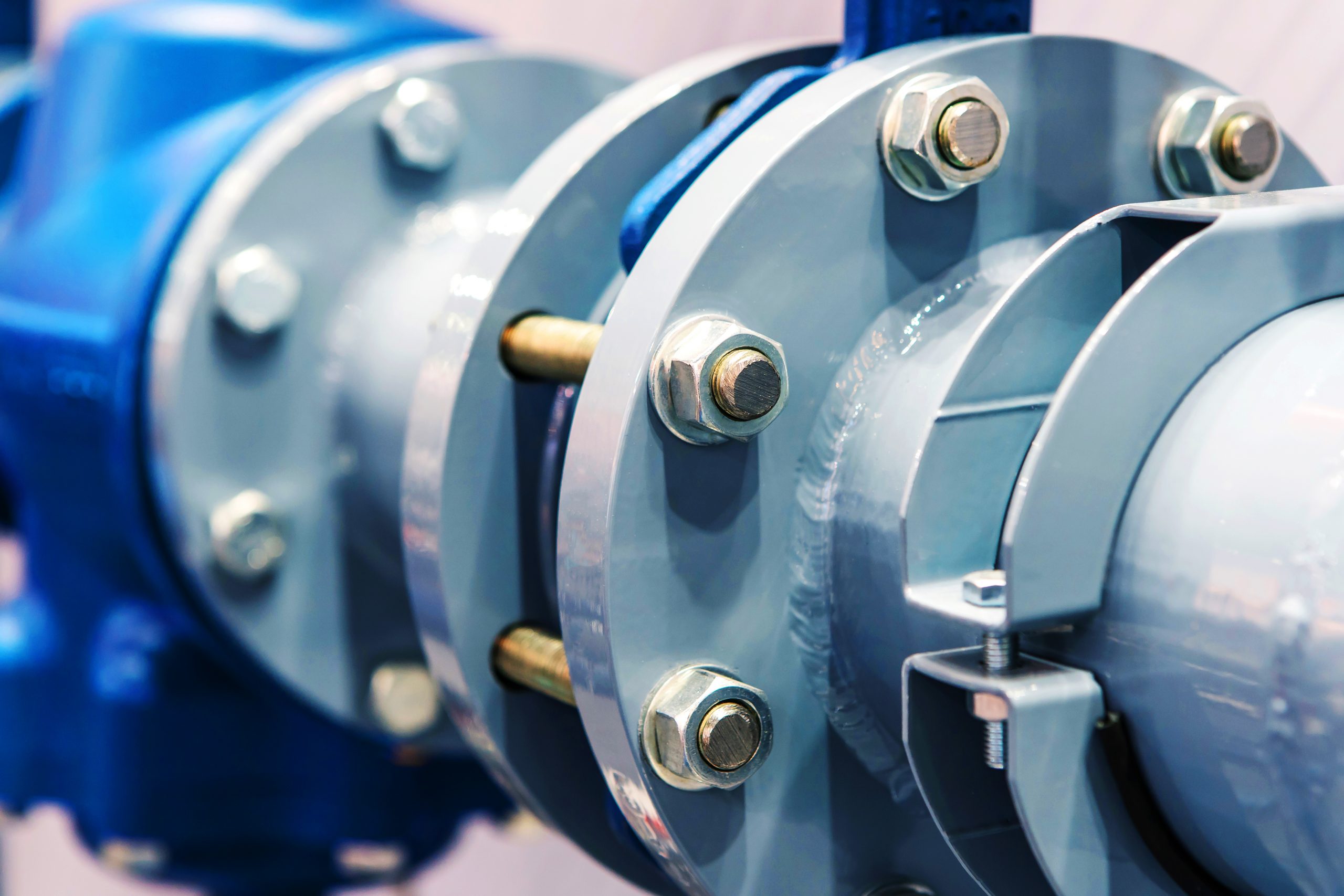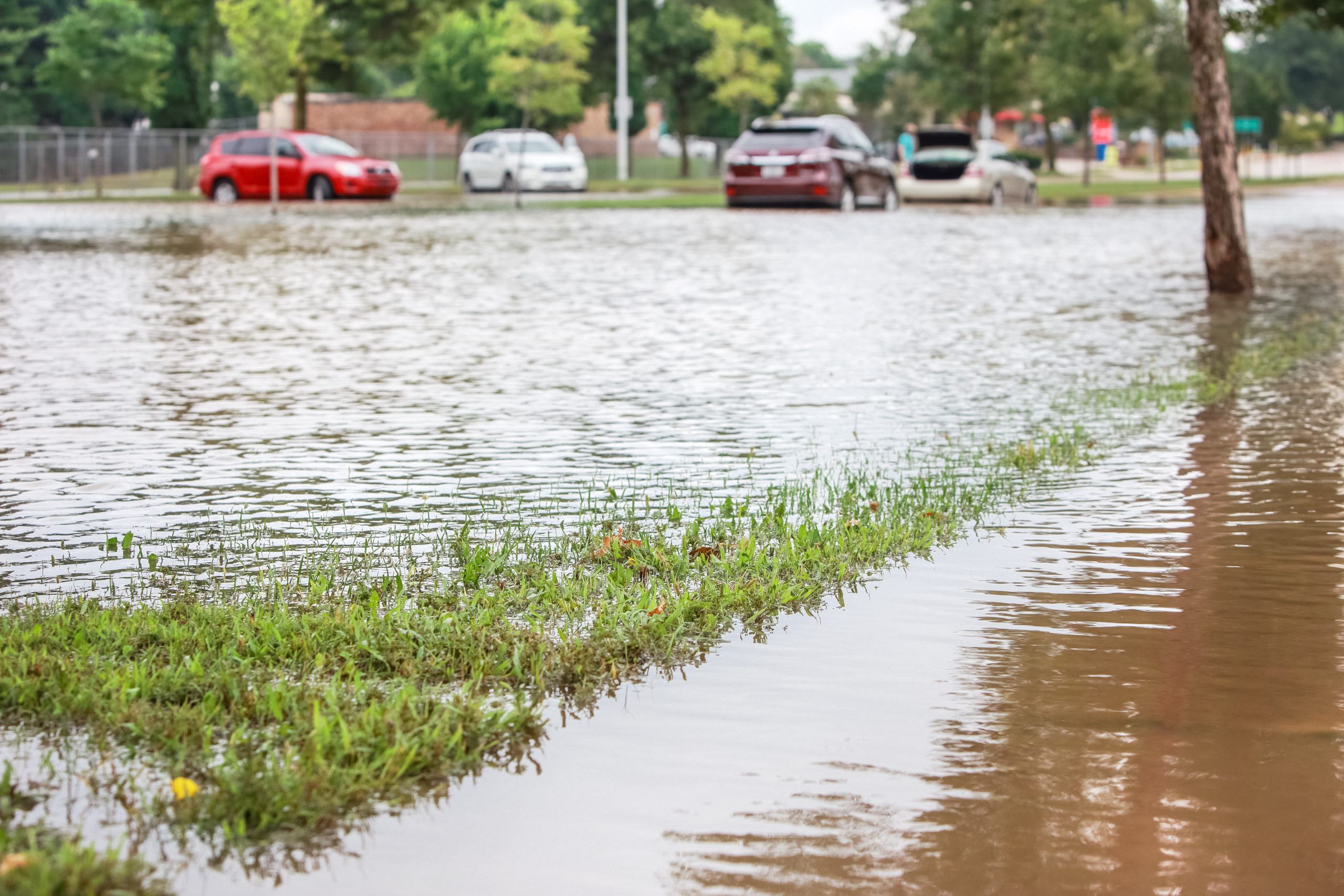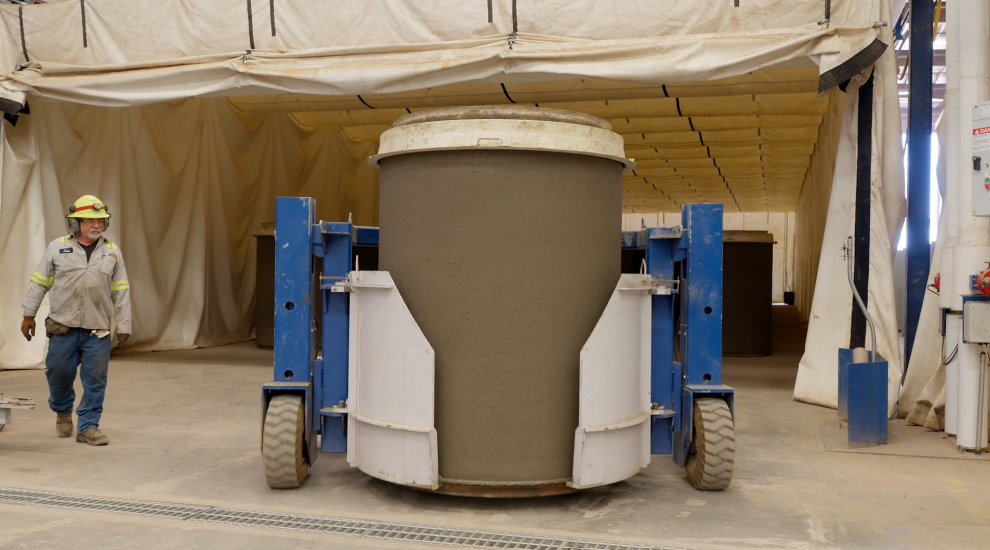December 19, 2024
What Municipalities Don’t Realize About Non-Revenue Water

Non-revenue water is a major issue, with municipalities struggling to manage water loss in the face of aging infrastructure. They might be missing out on opportunities to invest time and resources more cost-effectively.
Non-revenue water is known to be a major issue in the United States, with an estimated 6 billion gallons of treated water lost every single day. Many utilities understand that non-revenue water is a problem, and they are taking steps to address it.
However, in the absence of reliable real-world leakage data they may be operating on assumptions that are leading them to miss out on potential asset management efficiencies.
It’s not (just) the age, it’s the mileage
Utilities across the US are investing to improve their network infrastructure as their conveyance systems age: large capital investments are being made to replace and upgrade large sections of supply networks, and these decisions are often being made solely based on the age of the pipe.
There’s no doubt that aging infrastructure is an issue in the US. However, the age of a water pipe is not necessarily indicative of its condition. Just because a pipe is old isn’t a guarantee that it will be failing; in our work we’ve discovered pipes that were installed well over 75 years ago that are still reliably conveying clean water to homes and businesses.
The average total cost to replace a mile of mainline piping is around $1 million, regardless of the age and condition of that pipe, so replacement and upgrade work should target leaking and degraded pipe as a first priority.
In addition, there is an “opportunity cost” that must be factored in—with finite resources, every mile of working pipe that’s replaced is a mile of potentially leaking pipe that has not yet been fixed.
Large leaks start small
Another thing that municipalities might not realize is that large leaks almost always start as small leaks.
When the main line running through downtown blows up and floods the road with water it becomes an emergency, and the utility is forced to spend a huge amount of money to fix the problem—while also shouldering the blame and negative press for the disruption.
However, that burst almost certainly started life as a trickle.
Prevention is better than cure, but a minor operation is also better than major surgery. Identifying and rectifying the small leaks is not only an investment in cost-effective, robust, and reliable water supply, but it’s also an insurance policy against the costly and damaging system failures of major leaks and burst lines that can result from small leaks going unnoticed.
Remove the guesswork
If pipe age alone can’t be used to gauge condition and a major leak is typically a small leak that has been left undetected, it’s clear that utilities need some way of zeroing in on the degraded network miles in order to prioritize fixing those leaks.
So how can utilities ensure that they are making cost-effective asset management investments and targeting their highest-priority network miles first?
New technologies provide a novel solution. We have been using real-time AI leak detection technology to finely detect and size leaks in supply networks, enabling utilities to target network replacement and upgrade work with surgical precision.
For example, in one of our recent projects we revealed more than 50 previously undetected leaks in two 35-mile sections of pipe—including two large leaks that were at risk of becoming major breaks—enabling the water supplier to take action to make a non-revenue water saving of 319 gallons per minute.
Without reliable real-world data, finding leaks and weaknesses in a 300-mile network of aging pipe is like finding a needle in a haystack. However, conducting an analysis of the pipe network could help the utility to target the 30 miles of leaking pipes first, investing resources to address existing water loss and high-risk leaks to minimize the risk of major line breaks, confident that the remainder of the network is operating effectively and that further upgrades can be phased more cost-effectively into future budget cycles.
Next
- Read about how CivilSense™ is helping to make invisible infrastructure visible
- Learn more about CivilSense™
- Connect with a smart water expert



